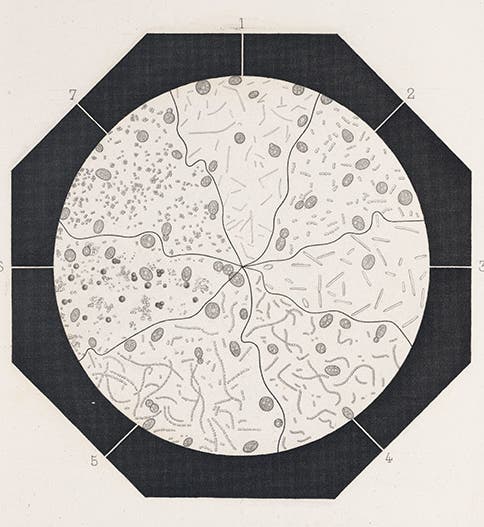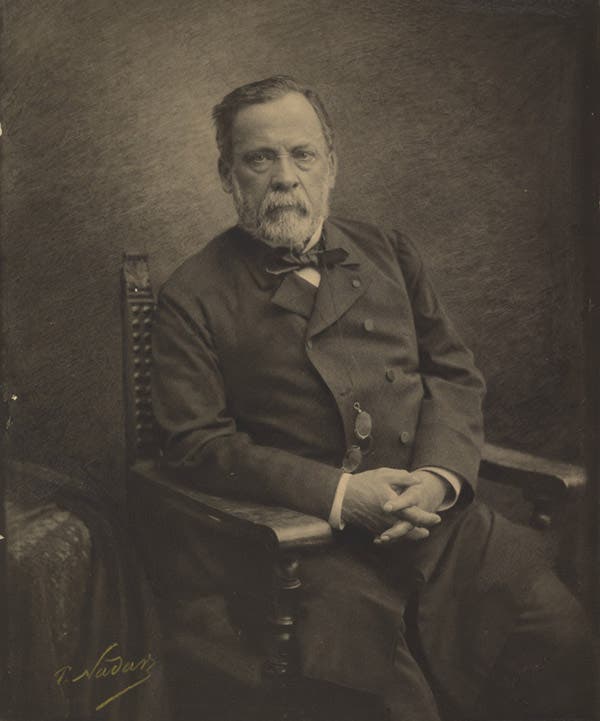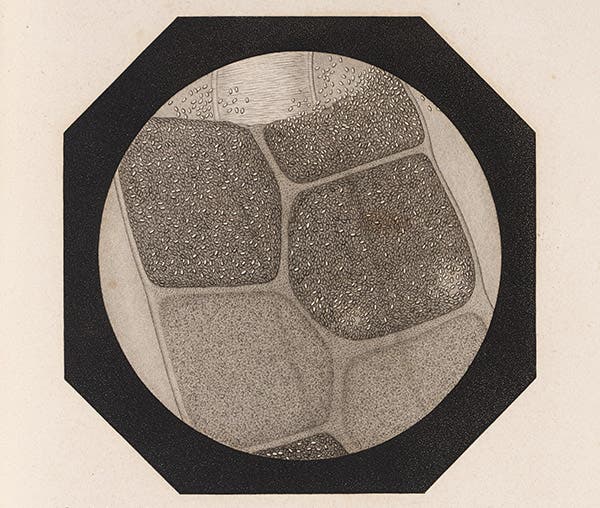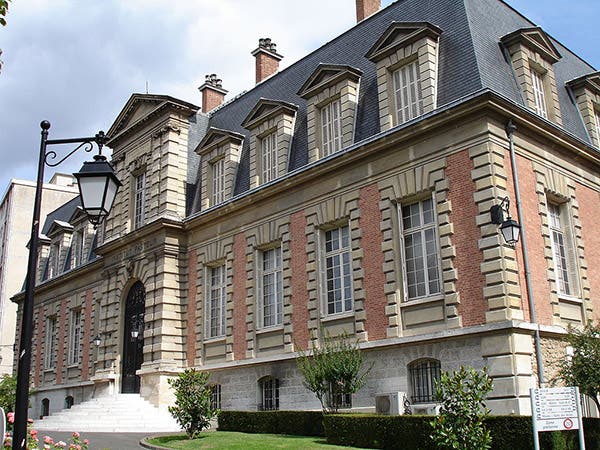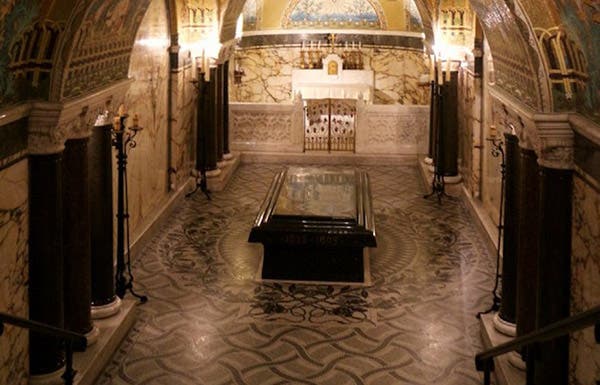Scientist of the Day - Louis Pasteur
Louis Pasteur, a French chemist and microbiologist, was born Dec. 27, 1822. Pasteur proved that fermentation is a biological activity, rather than a purely chemical one; put the final nail in the coffin of spontaneous generation; invented pasteurization as a way to prevent beer and wine (and milk) from going bad; saved the French silk industry by identifying and discovering how to prevent the diseases that afflict silkworms; developed a vaccine to prevent anthrax in sheep; and became the most important champion of the germ theory of disease. That is a pretty impressive resumé for someone who was not really a scientific genius, but relied instead on persistence, long hours, the ability to craft a public persona, and a real flair for experimentation.
In 1995, the Princeton historian Gerald Geison created quite a stir with his centennial biography of Pasteur (who died in 1895), in which Geison showed, from an examination of Pasteur’s private lab notebooks, that Pasteur often rearranged facts in presenting his work to the public, typically omitted credit that was due to others, and in many cases used different methods in making discoveries than he said he used in his publications. Geison even revealed that when Pasteur performed his most famous act, injecting the boy Joseph Meister in 1885 with a rabies vaccine that Pasteur claimed he had first tested on dogs, in fact the dog tests came after the test on a human subject, not before.
Living biochemists and biologists were outraged at Geison's book, since Pasteur is their main hero; historians were more blasé, for compared to Isaac Newton, Pasteur was practically a saint. Anyway, young Meister lived, thousands of people saw Pasteur as a savior and donated money, and the Institut Pasteur was founded in Paris (1888) as a result. Who needs to know that only 5% of the people bitten by a rabid dog get rabies, anyway? We include here a modern photo of the original Institute (now the Pasteur Museum, fourth image), where Pasteur is buried in an elaborate (might one say over-elaborate?) mausoleum (fifth image).
We have two works by Pasteur in our collections – his Études sur la maladie des vers a soie (Studies on diseases of silkworms, 1870), and Études sur la bière (Studies on beer, 1876). Two images here are taken from these works – microscopic views of the various bacteria that are harmful to beer (first image), and a microscopic view of particles on silkworms that indicate their infection by bacteria (third image).
The portrait of Pasteur (second image) is by Nadar, who is famous for photographing many French artistes such as Baudelaire and Berlioz, and infamous for commissioning the building of the world’s largest gas balloon, Le Geant, one flight of which was a catastrophic failure. We did a profile once on the balloonist who flew Le Geant, Wilfred de Fonvielle. Nadar ought to be a Scientist of the Day himself, sometime.
Dr. William B. Ashworth, Jr., Consultant for the History of Science, Linda Hall Library and Associate Professor, Department of History, University of Missouri-Kansas City. Comments or corrections are welcome; please direct to ashworthw@umkc.edu.

